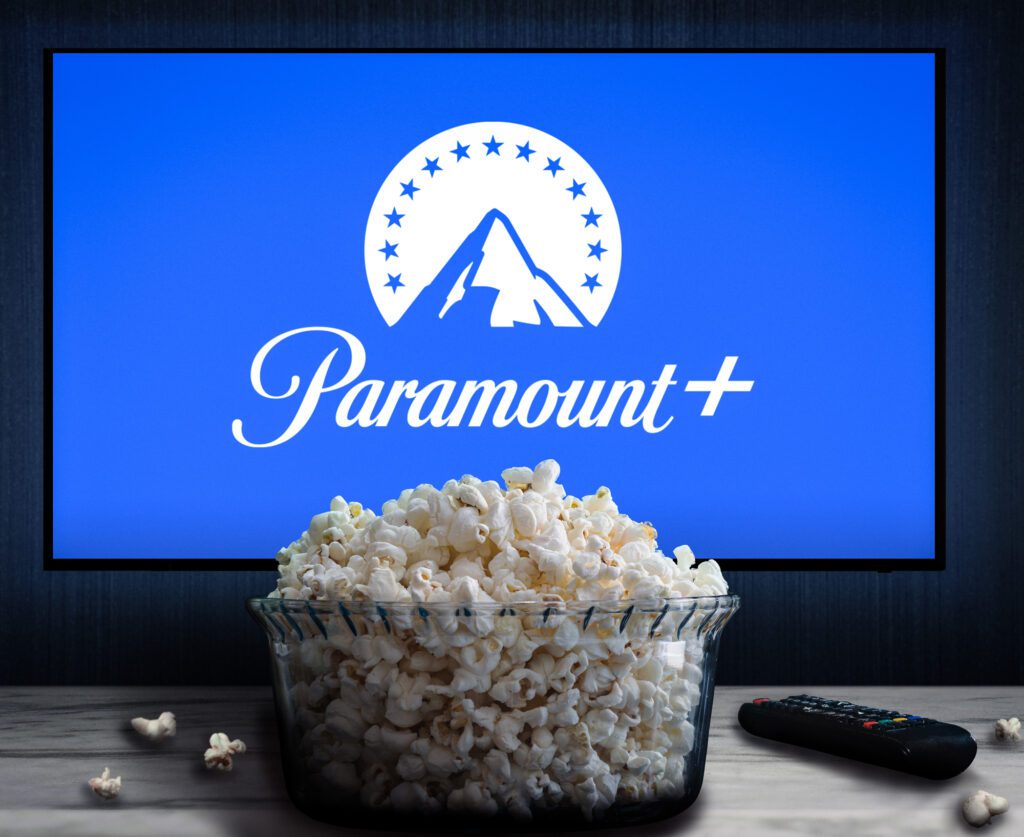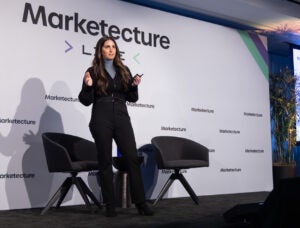People don’t really gather around water coolers anymore.
But that doesn’t mean streaming and live events can’t still create water cooler moments like there once were for broadcast audiences watching appointment TV.
In fact, for fans who watch each episode of a streaming show as soon as it becomes available, the term “appointment viewing” still applies.
Last fall, for example, the first season of Taylor Sheridan’s “Landman” caused “huge spikes in traffic” for Paramount+ every Sunday night, Leo O’Connor, EVP of streaming for Paramount Advertising, told AdExchanger.
That observation led Paramount+ to develop a new ad format called “streaming fixed units,” which launched on Monday.
As the name suggests, streaming fixed units will allow advertisers to buy a fixed ad placement within a specific episode of streaming television. For seven days after the episode goes live, the ad will appear in the exact same position for all viewers who watch on demand.
After seven days elapse, fixed ad placements revert to the individually targeted, dynamic ad insertion formats that run across most Paramount+ inventory. If all the available fixed units for an episode aren’t sold, programmatic will fill in the gaps as needed.
The new format gives Paramount a chance to “event-ize” its most popular shows, said O’Connor. It also gives advertisers an opportunity to align themselves with entertainment properties outside of sports or huge tentpole events.
Although the launch was only announced on Monday, Paramount+ has already been incorporating streaming fixed units into episodes of “Tulsa King,” which premiered on September 21. Advertisers will also be able to buy these units in “Landman” and “Mayor of Kingstown” when they return later this season.
Streaming fixed units will be expanded to other shows in 2026, including several recently announced “Yellowstone” spin-offs and maybe even some streaming-exclusive sports broadcasts, according to O’Connor.
But programmatic ad buying won’t disappear from the conversation.
“We believe that pairing these units with what brands are already doing with programmatic is the magic combo,” said O’Connor. “It’s the yin and yang of breaking through with a big moment of collective attention and then following that up with the really precisely targeted stuff.”














